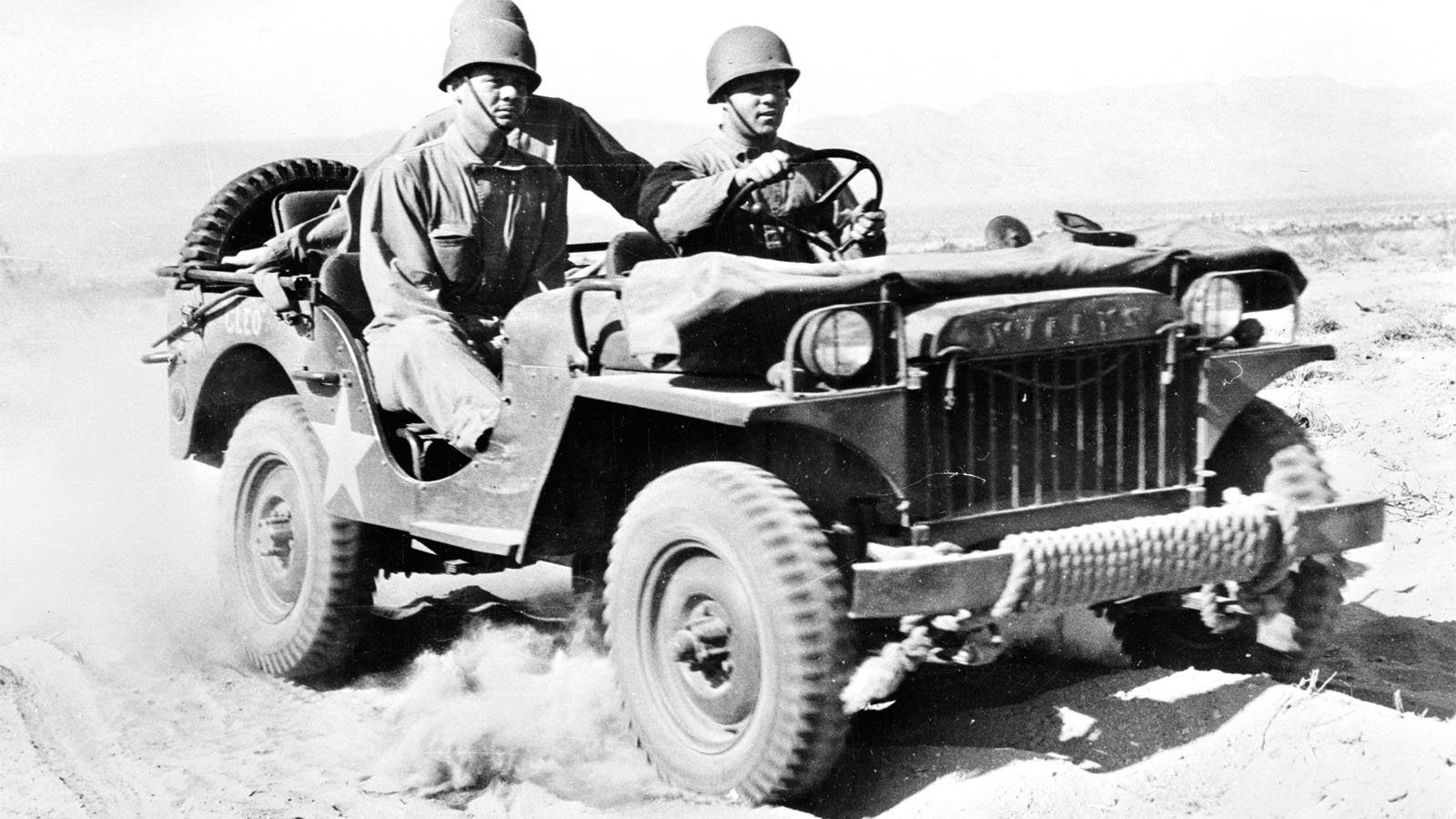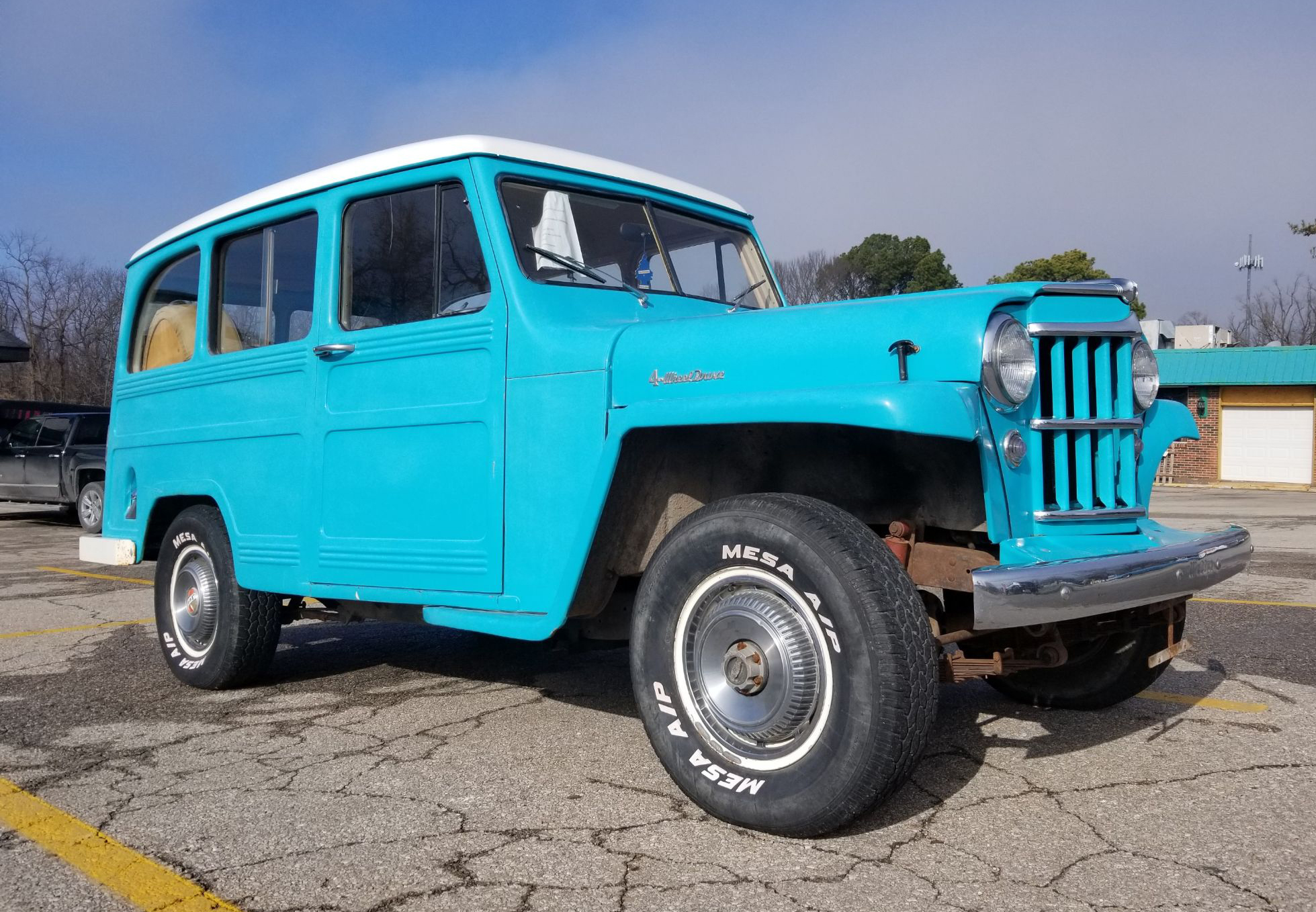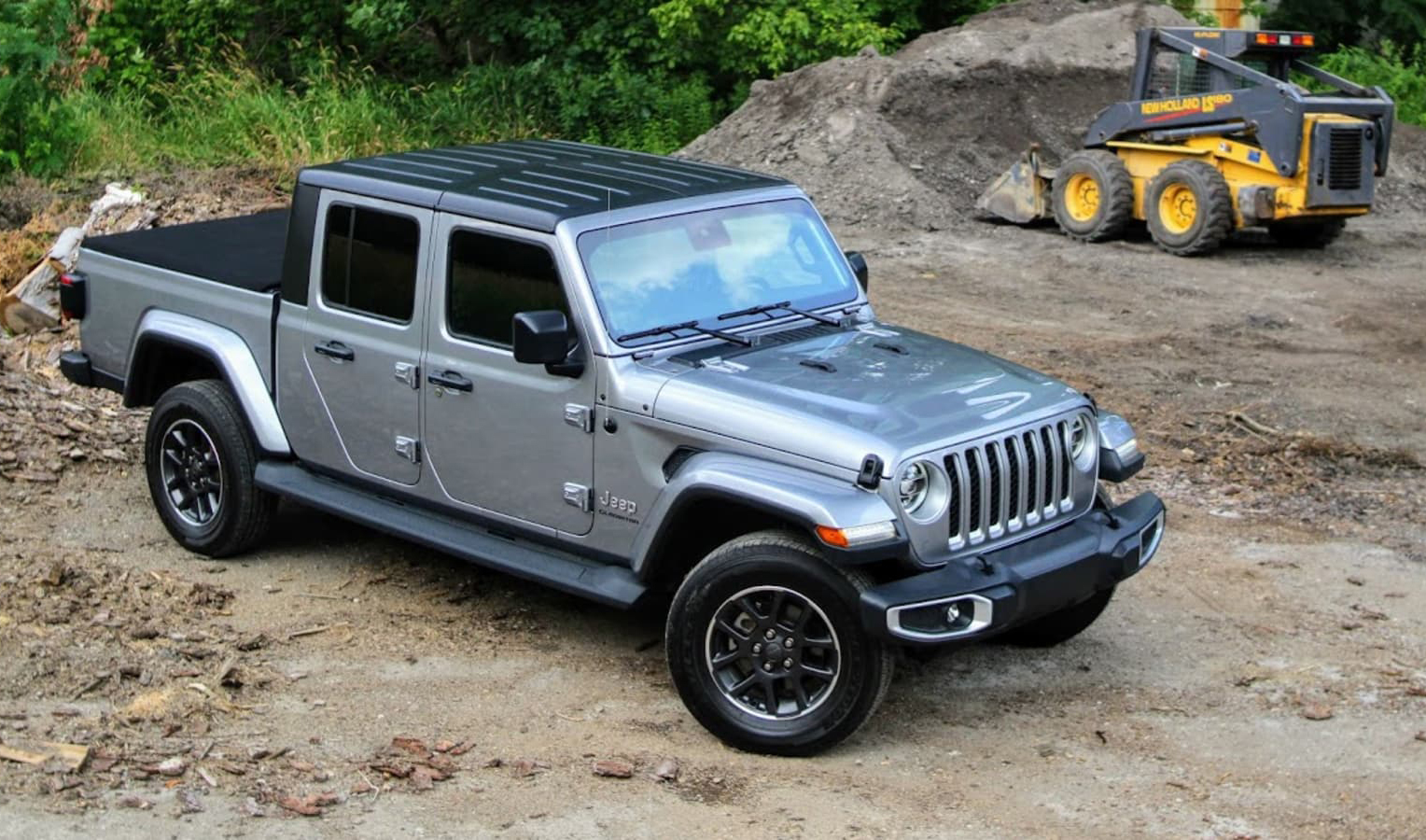
Jeeps: From Military to Mainstream the Wave Continues
Remember those World II movies in which the G.I.s traveled around battlefields and countrysides in Jeeps, or on the TV show, “M.A.S.H.” when Radar O’Reilly mailed one of vehicles home to Iowa piece by piece? Well, the Jeep has come a long way since then. While the Jeep brand heralds that it is the original sport-utility vehicle beginning in 1941, today’s Jeeps are trendy, powerful, wide-functioning, and can perform off-road with the best of them.
Nostalgic Americans and car-lovers alike have held a warm spot in their hearts for Jeep since WWII. The general purpose vehicle that could go anywhere and determinedly complete its missions, even under fire, bombardment or on the most challenging terrain, served the U.S. military steadfastly, before being marketed to the public in 1945 as the first Civilian Jeep (“CJ”) vehicles – the Willys-Overland CJ-2A.
While many believe that “Jeep” is a phonetic pronunciation of the abbreviation GP, from “General Purpose,” that was used as part of the official Army nomenclature, the first documented use of the word “Jeep” was the name of a character, “Eugene the Jeep,” in Popeye cartoons. Eugene gained his rep for supernatural abilities such as walking through walls. Automotively, Jeep was also the name of a small tractor made by Minneapolis-Moline prior to WW II. Either way, the name was a hit with servicemen, and after the war, Willys filed a successful trademark claim for the name
Jeep lays claim as a sports-utility vehicle ground-breaker beginning with its General Purpose military transport in 1941, built by the Willys-Overland car company. After the war, Willys did not resume production of its passenger-car models, choosing instead to concentrate on Jeeps and Jeep-branded vehicles, launching the Jeep Station Wagon in 1946, the Jeep Truck in 1947, and the Jeepster in 1948. An attempt to re-enter the passenger-car market in 1952 with the Willys Aero sedan proved unsuccessful, and ended with the company's acquisition by Kaiser Motors in 1953, for $60 million. Kaiser initially called the merged company “Willys Motors”, but renamed itself Kaiser-Jeep in 1963.

American Motors Corp. (AMC) purchased Kaiser in 1970 for $70 million and in 1976, introduced the CJ-7. Chrysler bought AMC in 1987, and soon replaced the CJ-7 with the Wrangler YJ. In 1992, Grand Cherokee became the first Chrysler-badged Jeep product and was launched when then-Chrysler president Robert Lutz made a grand entrance at the Detroit Auto Show by driving the vehicle through a plate glass window to debut the SUV. In the 29 years since, Grand Cherokee has been an award-winning off-road and around-town luxury sports-utility vehicle that performs equally well at upscale occasions, off-road and while towing boats, toys and workloads.

The 80-year history of Jeeps is the focus of the PA Jeeps, Inc. 25th Annual All Breeds Jeep Show, July 24-25 at the Carlisle (PA) Fairgrounds. One of the longest and largest Jeep shows in the world the event spotlights fun, family events including:
- Show 'n Shine with trophies in 17 different classes
- Trophies for the longest distance traveled and the biggest club participation
- Obstacle course (from stock to buggy level)
- CTI Ramp
- Huge raffle with over $20,000 in prizes
- Off-road adventure (off-site)
- Activities for kids
- On-site camping
- Food vendors
- Goodie bags with dash plaques and a raffle ticket for the first 300 registered Jeeps
- Over 100 different vendors of Jeep-related products
- Jeep parade on Saturday
Award categories include Best Military Display, Best Overland Equipped, Best After-Market Equipped and Best “Lit” Jeep.
Jennifer Watson, Jeep Show Chairman for PA Jeeps bought her first Jeep soon after high school. It was a 1989 Jeep Wrangler YJ, and she still owns it. After nearly 30 years of wheeling and Jeep culture in her blood, she has added a 1947 Willys CJ-2A and a 2003 Wrangler TJ to her collection. Watson said, “I believe the Jeep culture has sustained since its military beginning because Jeeps are just fun. You can take the top off most of them, let your hair blow in the wind and let all your troubles blow out with it. They are the most versatile off-pavement vehicle and daily vehicle for any weather condition. The Jeep brand has the distinction of having one of the highest proportions of original vehicles still in running condition. The longevity of the vehicle aids in sustaining the brand.”
Watson believes the current devotion to Jeeps started “with ‘M*A*S*H’ and ‘The Dukes of Hazzard’ along with their appearance in ‘Jurassic Park’. It all began with the G.I.s returning from WW2, who had access to inexpensive surplus Jeeps that helped foster their popularity in the civilian world. Many of the returning G.I.s had fond memories of a Jeep that got them through some difficult times during the war.”

Since the start of model-year, when 4-door Wranglers were introduced, the brand boomed in its following and appeals to those who want to experience the Jeep lifestyle. High residual values for used Wranglers have also helped.
According to Watson, “Today's culture is much different than when I started in the Jeep world. Many of the old-school Jeepers would pack up to go camping and trail riding for a weekend with a group of friends. It seemed like a smaller close-knit group, if you happened to run into other Jeepers, they were just part of the group and were added in. Back in the day, you carried everything with you in your Jeep, from extra parts and emergency gear, to extra clothes. You were always prepared for anything and if you didn't have it someone else did.”
Part of the culture phenomenon is “The Jeep Wave.” According to Watson, it began soon after WWII. According to Watson, “After the soldiers returned home, the Jeeps that were not destroyed were purchased by returning soldiers. Soldiers riding around in their Jeeps would wave to fellow Jeepers to greet their fellow soldiers. During WWII, the wave was said to be a form of communication with allies or fellow soldiers with supplies, or with wounded soldiers. The wave continued with civilians who purchased Jeeps and saw others wave. There are rules to the Jeep wave as well. As you approach another Jeep the lesser of the two waves first.”

The 25th Annual All Breeds Jeep Show at the Carlisle (PA) Fairgrounds this weekend is hosted by PA Jeeps Inc. The family-oriented club has been in existence for 26 years and promotes the safe and fun use of Jeeps on- and off-road. Watson said, “The membership is made up of people all walks of life with the common goal of enjoying their Jeep and promoting the brand with like-minded people. We expect up to 500 Jeeps to register for the Show n’ Shine event, with judging split into 13 classes spanning the 80 years of Jeep. Many of the owners will then take their Jeep on the show’s obstacle course. We came to Carlisle this year to expand the future of the Jeep show.”

> Visit www.CarlisleEvents.com for more on the automotive hobby.
Mike Blake, former editor of KIT CAR magazine, joined Carlisle Events as senior automotive journalist in 2004. He's been a "car guy" since the 1960s and has been writing professionally for about 30 years. </I>
Book with a preferred Hotel
Book online or call (800) 216-1876








Leave a commentOrder by
Newest on top Oldest on top